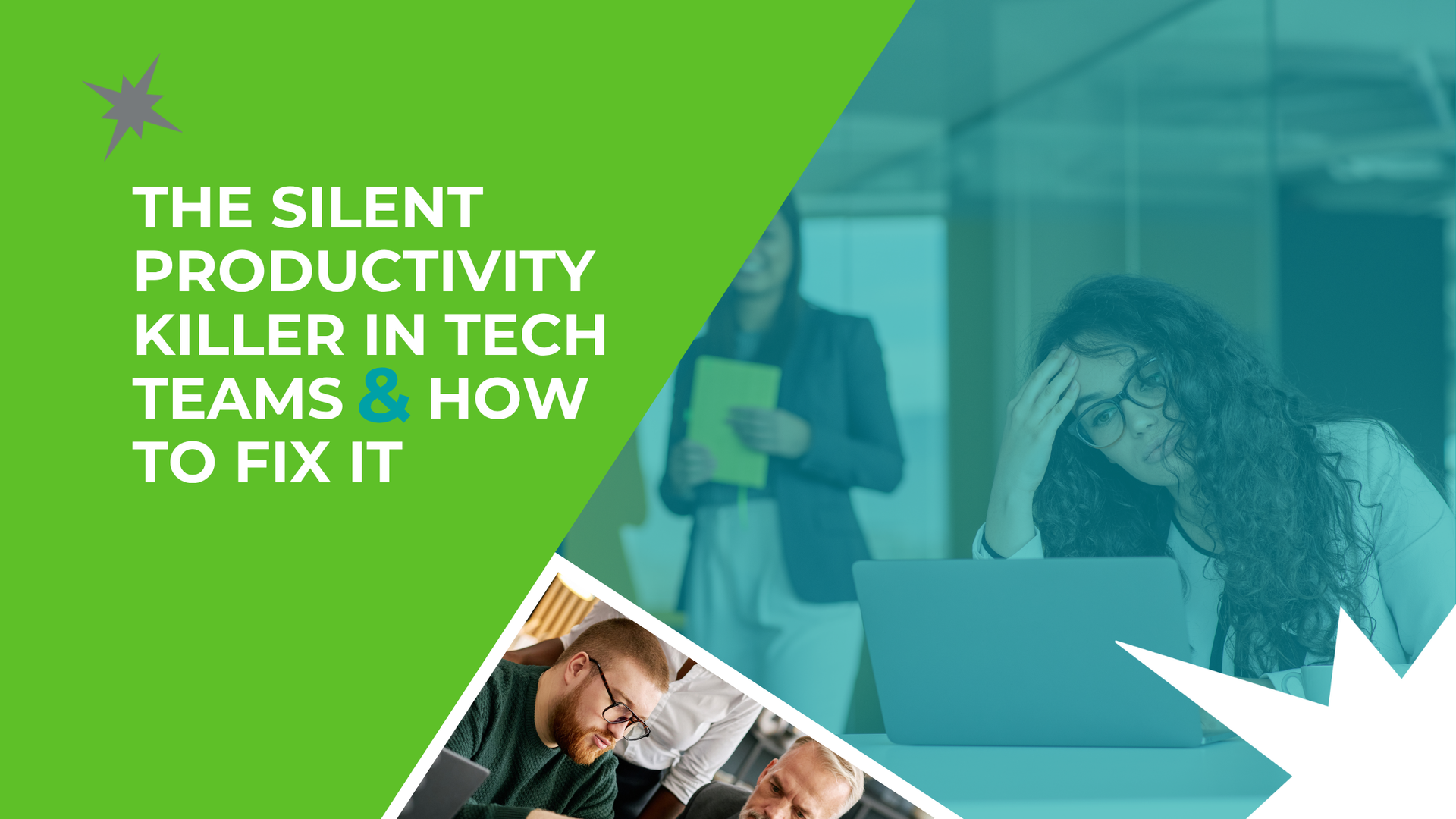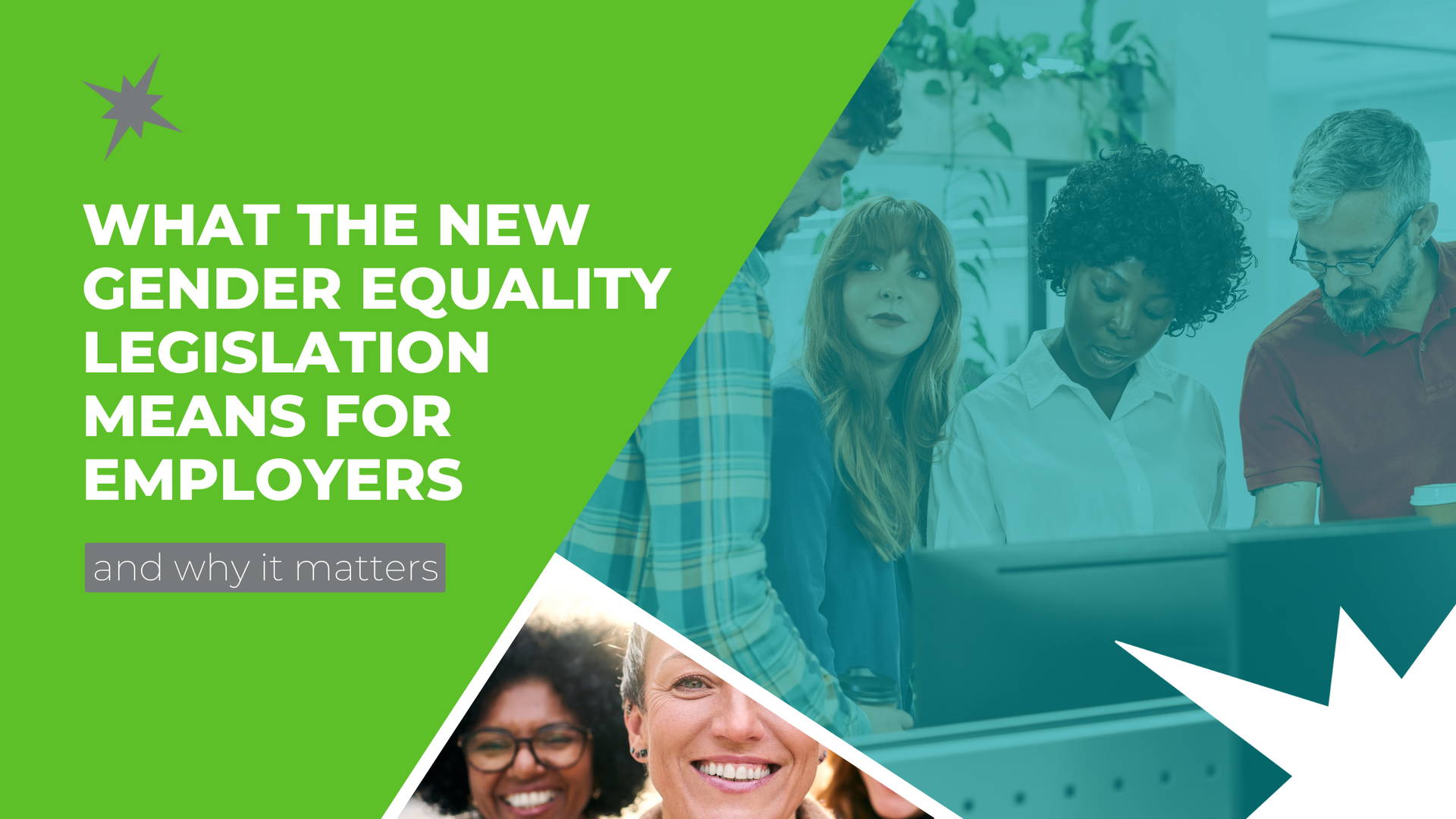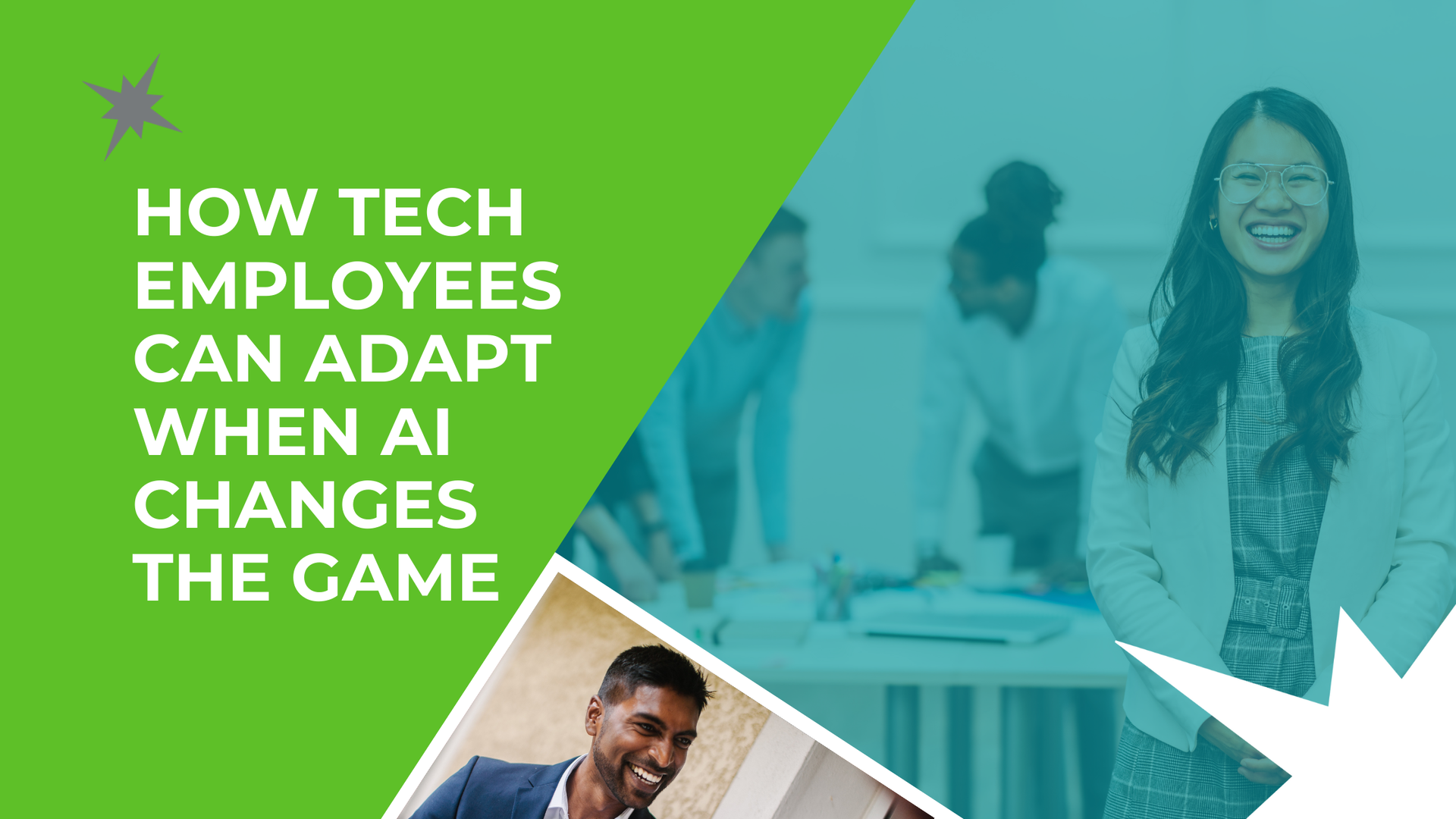News & Insights
< Back to Blogs
Reference Check Questions for Management Positions

Reference checking is an aspect of the hiring process that can often be overlooked or rushed, yet it is one of the most important steps that will ensure your new hire is a success. Plus, when it comes to recruiting for roles at a management or executive level – which can have a significant impact on the organisation – careful reference checking is even more essential. If you are carrying out your own reference checks, here are a few key considerations to keep in mind, as well as questions to ask when checking references.
Your Mindset
When hiring management-level technology professionals, it is important to take the time to understand your candidates’ careers in detail and evaluate their characteristics over an extended period. Senior candidates are often more comfortable when speaking in interviews; they have greater confidence in their abilities and can be highly persuasive. Similarly, it is easy to be swayed by candidates who have been endorsed by friends, colleagues or board members. This can lead to hasty decision making, increase the risk of making a bad hire and potentially result in negative impacts on the business.
Finding out whether a candidate is the right person for the role takes time, patience and diligence, and checking references is obviously a key part of the process. Our top tip when approaching this stage of the IT recruitment process is to go into reference checks with a view that you aren’t going to hire the candidate, and actively look for reasons not to employ them. This way, you will be able to identify negatives rather than just simply confirming your own positive thoughts. If their references aren’t what you had hoped, you’ll need to find other ways to probe further, or be prepared to remove a candidate from the shortlist entirely. However, if the referee sways your opinion in the candidate’s favour, it’s a good indicator that they may be a suitable hire.
Who Should be Contacted?
Traditionally, the candidate will volunteer the referees they have available to speak with, however, there is nothing wrong with requesting specific people you’d like to speak to.
As a rule of thumb, it’s worth getting a couple of different perspectives when carrying out reference checks for senior hires:
Direct Managers – It’s critical to request a reference from a direct manager, ideally from the candidate’s most recent role, or the previous one if necessary. This person will be able to provide the most detailed and up-to-date insights about the candidate’s track record.
Peers or Colleagues – Another option is to take a reference from a co-worker in a different department such as a Sales Manager, or someone else in the leadership team. These referees can shed some light on the candidate’s ability to engage or persuade stakeholders, as well as how they deal with in-house politics and other issues that arise from time to time.
Previous Employees – They will provide a view of the candidate’s leadership style and the way their existing team sees them as a manager.
Clients – If the candidate is in a client-facing role, past clients can offer additional insight into the candidate’s relationship-building and negotiation skills, and well as how they represent the company’s brand.
Asking Difficult Questions
Because of the magnitude of higher-level appointments, a detailed reference check can take up to 45 minutes to get a full download of information you need.
Here are some examples of effective questions to ask when checking references:
Personal attributes
- How would you describe them overall? How would their team and peers describe them?
- Tell me about their best personal qualities.
Are there any areas where they require further development or improvement?
Candidate track record
- Over the course of their employment, what were their most significant achievements?
- Have they been responsible for growth, and how did they contribute to achieving it?
- Did they have any lasting effects on the company or staff?
- What was the reason that they left your company?
- Where do you think they will be in 5 years’ time?
Behavioural questions
- Can you give an example of a time when they went above and beyond to ensure they achieved a good outcome?
- How do they deal with stress, and have there been times where they couldn’t cope with a situation?
- Describe how the candidate handles setbacks.
- What is their approach to motivating their team?
Advice for future employers
- Are there any aspects of this job you would alter to ensure it suits their abilities?
- What is the best way to manage and bring out the best in them?
- If given the opportunity, would you hire them again?
- Is there anything else that you think we should know about them?
Closing Thoughts
A thorough and detailed reference check will ensure your new hire is a good fit for the business and prevent issues later down the line. To give yourself the best chance of success, don’t skip or rush the process and always trust your gut – if something doesn’t add up, there is probably a good reason behind it.
As experts in IT recruitment, we are always on hand to carry out extensive reference checks on your behalf. For further advice on checking references, or if you’d like support in hiring senior IT professionals, get in touch with the team at EITR.
Share This Article
Recent Articles

Filter By Category
Subscribe to our News & Advice












